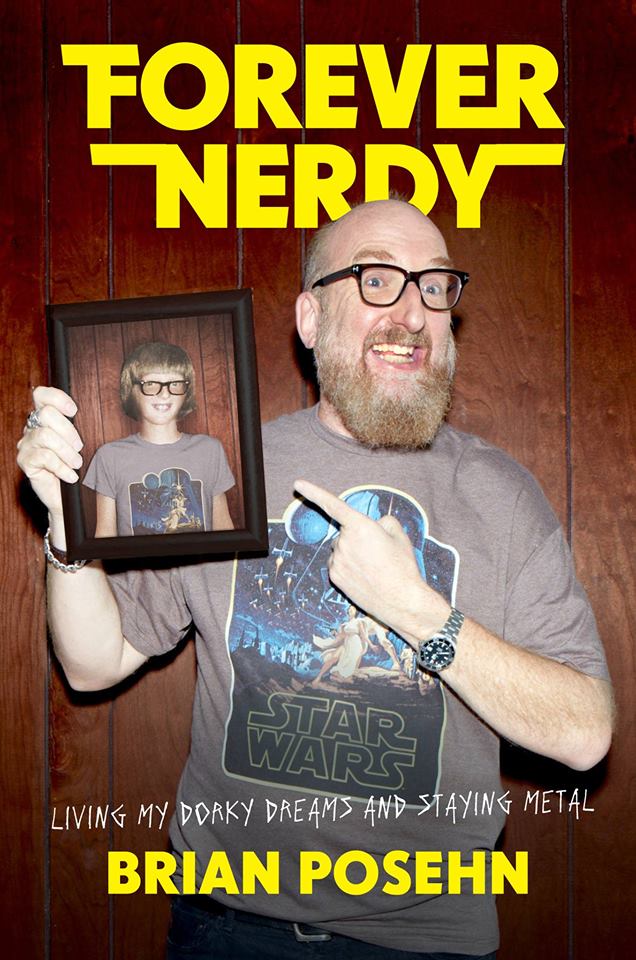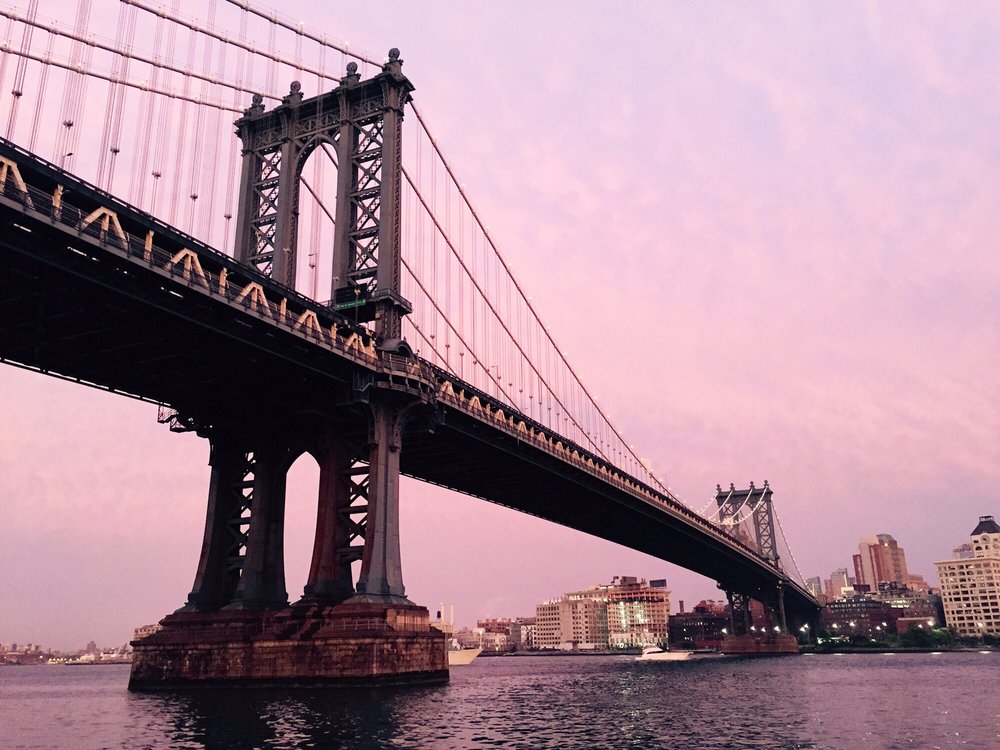
(Dave Shelley (Production Manager) and Sam Barzilay (Director of NYPH) in Dumbo)
by Lindsay Comstock
In 2008, the New York Photo Festival emerged in the DUMBO neighborhood of Brooklyn as the brainchild of Daniel Powers and Frank Evers. If you live or work in the neighborhood, you may have seen two others who were hired that year–Sam Barzilay (director of the festival) and Dave Shelley (production manager)–working tirelessly as they make mad dashes in and out of meetings, run between the numerous festival venues, or organize a team of volunteers to carry out production duties. Four years later, the round-the-clock work seems to have paid off. The international photo festival, termed by Shelley as “the Sundance of the photography world” is holding strong as one of the largest of its kind in the States. From May 11 to 15, it will take over the area between the Brooklyn and Manhattan bridges.
Sitting down in the festival office at powerHouse Books, I had a chance to talk with Barzilay and Shelley about the nature of the photography industry. Our conversation took on a somber tone as we spoke about civil unrest, natural disasters, and the sadness wrought by the deaths of two influential photojournalists. It was also a conversation about the excitement of the transforming image-making industry and the ease with which emerging artists can now break into photography thanks to social media and the digital age.
The festival’s two curators, Elisabeth Biondi, who worked 15 years as visuals editor of The New Yorker, and Enrico Bossan, an accomplished photojournalist, collaborated on an exhibition that engages the audience in a world view documenting truth in life. The overarching theme of the festival this year is aptly titled, “Photography Now: Engaged, Personal and Vital”. According to Shelley, this is the first year they invited only two curators, but the team is powerful. “We picked two people who actually have the force of six,” Shelley said.
The festival offers a fresh look at contemporary photography, showcasing the work of both seasoned and emerging photographers. And because the work is not for sale, it is also unhindered by the constraints of the commercial realm. The five-day affair includes an abundance of exhibits, a panel discussion and lecture series, special evening events, and a Leica scavenger hunt.
In addition to the two curated group shows, “Subjective/Objective” (Biondi) and “Hope: Between Dream and Reality” (Bossan), the festival features seventeen exhibitions. One is a show curated by Capricious magazine featuring only New York photographers titled “New York Did This To Me” at Smack Mellon gallery. Another is an innovative exhibit design, curated by Bussan, displaying Ben Lowy’s renowned iphone photos of the Middle East in retro television cabinets. Several universities and photo groups are also presenting shows throughout the neighborhood.
On Thursday night, the festival presents “Under the Bridge: Projections of a Revolution” where images of the North African uprisings in Egypt, Tunisia and Libya will be projected under the Manhattan Bridge. According to Barzilay, the aim is for attendees to experience these images in an immersive way.
On Saturday night, Slideluck Potshow XVI will project images to a large audience and attempt to rival last year’s Guiness World Record for the Largest Potluck Dinner. Attendees are asked to share a dish comprised of locally sourced ingredients.
As is the case with many arts organizations, NYPH has not been immune to the pressures of the economic recession. According to Barzilay, the largest challenge for the festival has been fundraising. He says he gets the impression that many think the festival is a corporate, profit-making venture, but it’s not. Despite the annual support from Two Trees Management, industry sponsors, and many volunteers, the festival (which has production costs of approximately $400,000) has gone largely under-funded for the last four years. “This is a labor of love,” he says. Nonetheless, no dream is too big for Barzilay. “We ask the curators to come up with the wildest ideas, and we promise to do our best to make it happen.”
And what the festival has given to the international photography community is immeasurable. Many of the photographers shown at the festival have gone on to gain gallery representation and some have even had their work displayed in museums. “We have brought many people to light”, Shelley says. And this year they are turning their attention back to local photographers, including more shows that celebrate New York.
The festival plans to honor the lives of late photojournalists and Brooklyn residents Tim Hetherington and Chris Hondros who were tragically killed while on assignment in Libya. Some of their photos will be shown as part of a group exhibition and the subject will be discussed in lectures. “Because we have so many media images people forget that there is someone actually out there risking their lives for an image,” Shelley says.
Barzilay said that although it is not humanly impossible to take everything in, he hopes that the festival will plant a seed of thought regarding the source of information. “We are hoping that at the very least, people will stop for a few seconds and think. If we’ve gotten them to think we’ve won the battle,” Barzilay says.
For ticket information and an official schedule of events, visit: www.newyorkphotofestival.com.
Lindsay Comstock is a contributor to American Photo, Resource and Eyemazing magazines. More of her writing and photography can be seen at www.lindsaycomstock.com






Pingback: Dumbo NYC, Brooklyn » Archive » New York Photo Festival 2011 (DumboNYC.com)
Pingback: Dumbo NYC, Brooklyn » Archive » New York Photo Festival 2011 (DumboNYC.com)